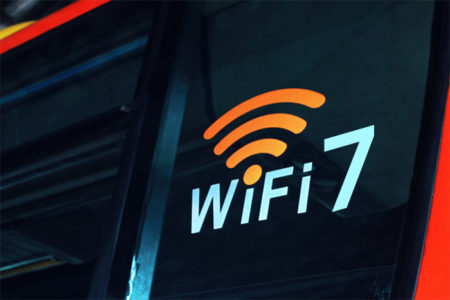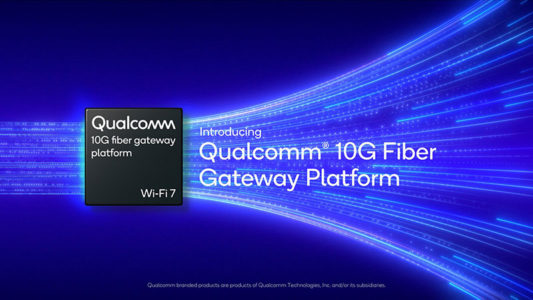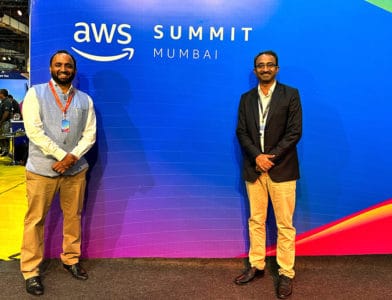m-Health to the Rescue: Addressing the challenges of Availability, Accessibility and Affordability of Quality Healthcare Services in India
Share This Post
Since independence in 1947, India has made significant achievements in improving healthcare delivery with, for instance, all round improvement in average life expectancy. However, the country continues to be plagued with one of the biggest healthcare challenges, with constraints pertaining to the 3As for enabling quality healthcare missing: Availability, Accessibility and Affordability.
The main issue with providing adequate healthcare across India is the shortage of skilled and specialist doctors per head of population. Further, while availability is a constraint, accessibility is also a burden. The vast majority of rural residents of India lack access to doctors of any sort. Again, with a huge disease burden, the challenge to provide quality healthcare to all seems a goal too distant and too ambitious to achieve in the near future.
One obvious strategy to improve availability and access would be to set up more and more public health facilities such as District Hospitals, Community Health Centres (CHCs) and Primary Health Centres (PHCs), involving significant capital expenditure. However, such a strategy would be foolhardy, and not be able to keep pace with the ever-increasing population.
With the new Government’s focus on embracing technology, there is s significant opportunity to improve the delivery of healthcare services. Through the application of technology solutions such as two-way videoconferencing, there is a distinct opportunity to leapfrog existing healthcare delivery challenges, and enable availability and access to quality healthcare for patients in remote, rural communities.
In the current scenario, the almost ubiquitous availability of featurephones and easy availability of low-cost smartphones and tablets is empowering both frontline health workers as well as the general public.
Deploying basic technology support and empowering health workers is resulting in improved access to quality healthcare in rural areas of India.
Smartphone adoption is on the rise, and bodes well for m-Health in India. For example, remote monitoring through smartphones is enabling chronic patients to take care of their diabetes.
The Government of India is a pivotal stakeholder in enabling healthcare through new m-Health initiatives. Under the Ministry of Health and Family Welfare, the Mother and Child Tracking System (MCTS) is an ambitious plan to register all pregnant women and children under the age of 2 years, and track the health services that are provided to them The Government is embracing m-Health solutions to enable real-time data entry by primary health workers for improving both speed of data capture, as well as the quality of data. Some states are testing m-Health solutions for updating the MCTS through both featurephones and smartphones.
More and more government initiatives are looking at enabling m-Health through smart applications directed at primary health workers as well as general public. For instance, the Government of Telengana recently launched a dedicated healthcare app for the general public.
While the promise and potential of m-Health for improving healthcare delivery is immense, some key issues in the m-Health ecosystem need to be addressed:
Foremost is capacity building, involving a cultural and mindset shift amongst health practitioners, by encouraging them through training to embrace m-Health solutions for diagnosis and remote monitoring of patients.
Secondly, the regulatory policy with respect to m-Health needs more clarity and a number of regulatory gaps need to be overcome. The lack of clarity is one reason why m-Health is unable to scale up rapidly. The role of the doctor, for instance, in prescribing health remedies through remote diagnosis is not clear. The issue of liability – whether it rests with the technology provider, or with the health practitioner, needs clarification.
In closing, the Government’s public health provisioning through the widespread adoption of technology solutions is a step in the right direction. The bullish stance on embracing technology to find a solution to age-old societal problems bodes well for overcoming the seemingly insurmountable healthcare burden faced by India’s poor and disadvantaged citizens.













